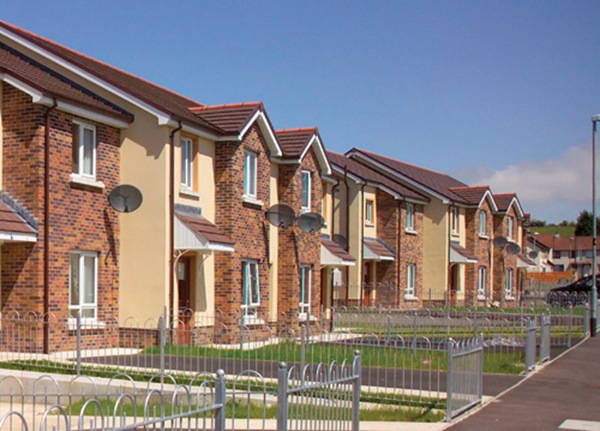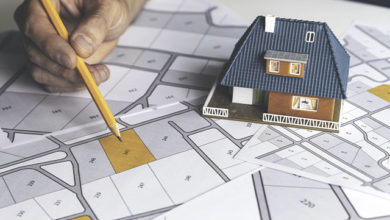Taking stock
Property consultants Savills had many good things to say about the state of the social housing stock here but some MLAs want more emphasis on maintaining existing properties rather than new-builds.
Housing in Northern Ireland has not always been straight forward. Indeed the present housing authority – the Housing Executive – was created in 1972 because of inequalities in the allocation of then- council housing.
When the SDLP took the Department for Social Development after the 2007 election, it did so with new-builds high on its agenda. DSD pledged to build 2,000 extra houses each year to meet demand (though the Housing Executive now estimates that figure would need to shift to 3,000). The main criticism of the Minister to date has been that she has prioritised new builds too much.
In September 2008, the DSD tendered for an overview of the state of the Housing Executive’s social housing stock and in November that year property consultants Savills’ offer was accepted.
The consultants concluded that the stock is “by far the best” quality it has inspected throughout the UK. But there is still room for improvement.
In addition to a loss of rental income, the property consultants’ report determined that nearly 14,000 units, or 15 per cent of the overall stock, has a negative worth of around £123 million, which reduces the worth of the overall stock by 55 per cent. The costs associated with maintaining a property over 30 years outweighed its potential rental income.
That of course is not sustainable and indeed UUP MLA Billy Armstrong highlighted as much in an Assembly debate on 8 March. He went further to include those dwellings which were classed as “below average”, increasing the amount of properties to 31,500, constituting around one-third of all executive properties.
Between November 2008 and March 2009 Savills inspected 10 per cent of the Housing Executive’s stock – 9,000 of the total 90,000 – of which 17 per cent failed the meet the UK Department for Communities and Local Government’s ‘decent home plus standard’.
Of that 17 per cent, 11 per cent failed simply because of older, inefficient heating systems. The total estimated cost to keep all units above the decent homes threshold is £5.1 billion over the next 30 years, or £56,491 every year.
A motion brought forward by the Social Development Committee on 8 March called on the Minister to limit the reduction in funding for maintenance contracts.
While it will go some way to meeting the waiting list’s demand, Savills’ proposal to curtail the maintenance programme in social housing, Hamilton explained, would not help residents in those units.
The report itself suggests a reduction in that funding of £40 million over the next five years, owing to the general good health of the stock.
Although the report pointed towards a revamp of how rents are decided, it was beyond Savills’ brief to do it. In the consultants’ view, there is “headroom” to reasonably increase rents, while keeping them affordable. It suggests that even a £1 increase per week would generate “around £4.5 million”. The downside is that the bill for housing benefit would shoulder that cost, which is paid for by DSD.
At present the ‘rent scheme’ is used to calculate payments. The scheme means that points are awarded according to the size of a property, the number of rooms and available facilities.
Until 2000 that system was common in England. In that year our neighbours made the move to the rent convergence regime, which aims to make rent levels fairer, taking account of local earnings.
Margaret Ritchie rejected claims that she has put the new-build programme too far up the agenda, saying: “That is absolute nonsense, and it ignores reality. In the past five years, we have spent £975 million on maintaining the existing stock. In that time, only £686 million was spent on building new homes.”
She pointed to the levels of housing unfitness declining since 2001, from 4.9 per cent then, to 2.4 per cent currently.
Resolutely, she added that she would not apologise for increasing the social housing stock here because there are 40,000 people waiting for housing. That figure is likely to increase in 2009-2010 as the target for new-builds is at 1,750, rather than the now-quoted 3,000.






